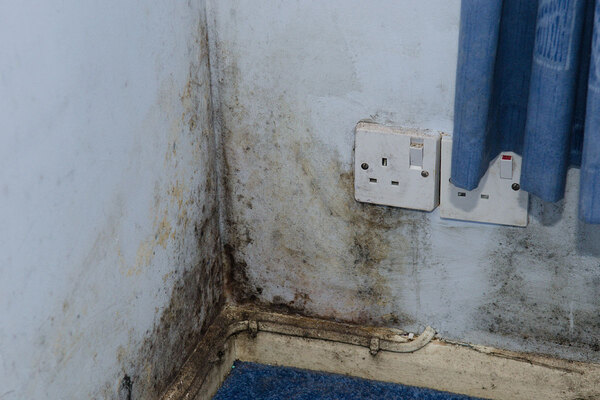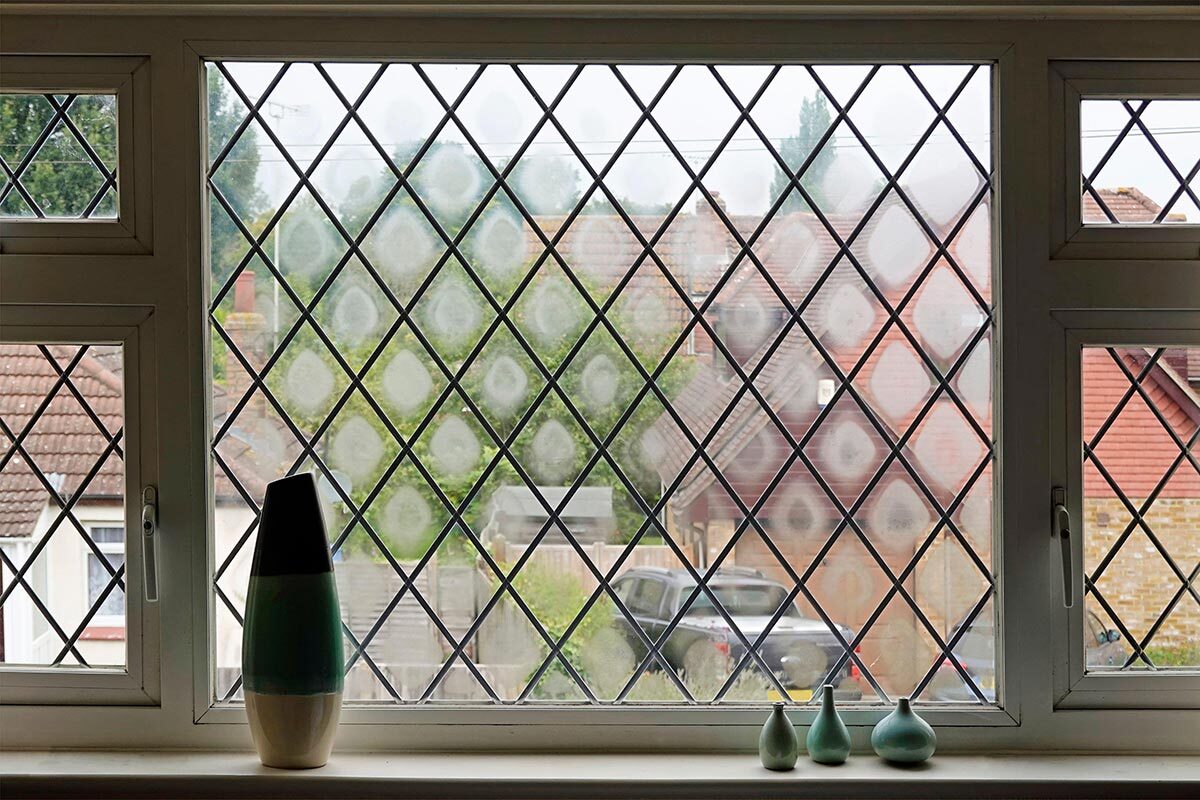‘No room for excuses’: DLUHC publishes new damp and mould guidance for landlords
The government has published new damp and mould guidance for landlords in the wake of two-year-old Awaab Ishak’s death.
The review comes after housing secretary Michael Gove pledged in January that the government will launch a “rapid review” of existing guidance on the health impacts of damp and mould in homes.
His pledge came in response to senior coroner Joanne Kearsley’s ‘prevention of future deaths’ report following the inquest into Awaab’s death.
The inquest into Awaab’s death last year concluded that he died as a result of prolonged exposure to mould in a Rochdale Boroughwide Housing (RBH) flat.
The new guidance aims to address the concerns and actions to be taken as a result of Ms Kearsley’s report.
It provides information on the health effects of damp and mould, people at increased risk and the legal standards on damp and mould in rented homes.
The guidance also looks at how to identify and reduce the risk of damp and mould developing in people’s homes.
It was produced jointly by the Office for Health Improvement and Disparities, the Department for Levelling Up, Housing and Communities (DLUHC) and the UK Health Security Agency,
This guidance applies to all types of accommodation providers, including social landlords, private landlords and managing agents, and temporary accommodation providers.
In addition, it covers providers of asylum support accommodation and accommodation for ex-offenders.
For identifying the problem, it provides information on the different types of damp: penetrating damp, rising damp, traumatic damp, and mould.
It states: “If there is observable evidence of dampness in a building, such as visible mould, mould odour or water damage, including condensation, this is sufficient to indicate the need to remedy the issue to protect the health of tenants and prevent proliferation of the issue.”
The guidance reminds landlords that it is “crucial” to take residents’ concerns on this issue seriously and to address it with urgency, especially when concerns have been raised about a tenant’s health.
It states that landlords should not delay action to await medical evidence or opinion, as this is not a requirement for dealing with the issue.
Landlords should also try to understand any barriers related to language, culture, disability and/or neurodiversity that tenants may face.
They must also communicate in a way that is clear, compassionate and tailored to residents’ circumstances, as much as possible.
Key recommendations include landlords having clear processes for tenants to report damp and mould, and that those with large numbers of properties have automated systems in place to manage reports.
There should be clear processes for other professionals, both internal staff and external contractors, to report concerns on this issue in a tenant’s property, and timescales should be set to assess damp and mould and carry out remedial work. These timescales should then be reviewed periodically, the guidance says.
Any tenant-facing policies and processes should be accessible, have clear messaging and avoid attributing blame to tenants.
Housing minister Rachel Maclean said: “Following the tragic and avoidable death of Awaab Ishak we have made it clear that landlords must take damp and mould seriously, and they will be held to account if they do not do so.
“Today we are going further and publishing clear guidance for the housing sector. This unambiguous package leaves no room for excuses – and sets out the clear expectation that landlords must respond swiftly when dealing with damp and mould, to ensure renters can live in safe and decent housing, as is their absolute right.
“This builds on the work we have already done to drive up standards including pledging to introduce Awaab’s Law, which will give social landlords strict time limits to make repairs.”
Awaab’s Law, which would give tenants living in mouldy homes more rights and protections, follows a campaign by Manchester Evening News and housing charity Shelter to “make sure no other child, or anyone else, dies due to mould in their home”.
The government also reiterated its commitment to review the Decent Homes Standard and apply it to the private rented sector for the first time.
Sign up for our asset management newsletter
Already have an account? Click here to manage your newsletters












